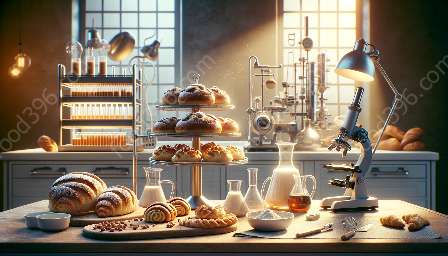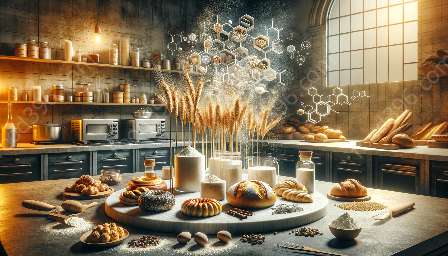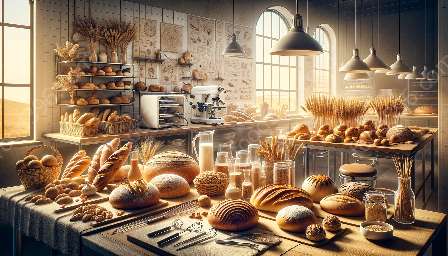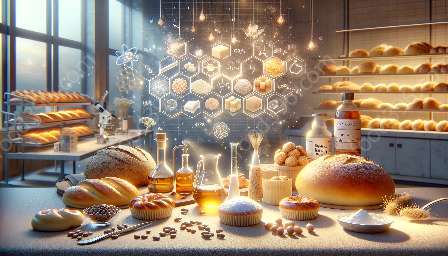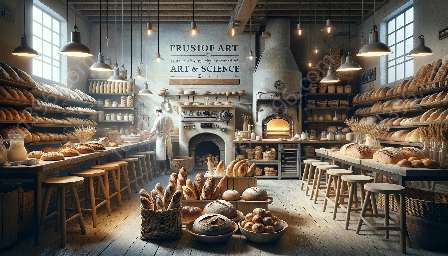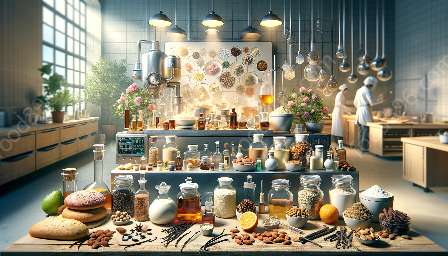When it comes to creating delicious baked goods in the world of food and drink, understanding the role of leavening agents and chemical reactions is essential. In this comprehensive guide, we will explore the diverse aspects of leavening agents, their impact on baking science and technology, and the fascinating chemical reactions that make them integral to the success of various culinary creations.
The Importance of Leavening Agents
Leavening agents play a crucial role in the world of baking, as they are responsible for making baked goods rise and achieve the desired texture. Whether it's a light and airy cake, a perfectly fluffy bread, or a tender pastry, leavening agents are the key to achieving the desired consistency and structure.
There are various types of leavening agents used in baking, including biological leavening agents such as yeast, chemical leavening agents like baking powder and baking soda, and even mechanical leavening through processes like folding and creaming. Each type of leavening agent brings its unique attributes to the baking process and affects the chemical reactions that occur in the dough or batter.
How Leavening Agents Work
Understanding the mechanisms behind how leavening agents work is fundamental to mastering the art of baking. Biological leavening agents, such as yeast, are living organisms that produce carbon dioxide gas through fermentation when they interact with sugars in the dough. This gas gets trapped in the dough, causing it to rise and develop a light and airy texture.
On the other hand, chemical leavening agents, such as baking powder and baking soda, produce carbon dioxide gas through chemical reactions when they come into contact with liquid and acidic ingredients. This gas is released during the baking process, creating bubbles that expand and lift the batter or dough, resulting in a soft and spongy texture.
Impact on Food & Drink
The use of leavening agents and the subsequent chemical reactions have a significant impact on the quality and characteristics of various food and drink products. For example, the choice of leavening agent can greatly influence the flavor, texture, and overall sensory experience of baked goods. Additionally, understanding the role of leavening agents is crucial when developing gluten-free or vegan recipes, where traditional leavening agents may need to be replaced or modified.
Chemical Reactions in Baking
Baking is a precise science that relies on a multitude of chemical reactions to achieve the desired results. When leavening agents interact with other ingredients in a recipe, a series of chemical reactions take place, leading to the transformation of the raw ingredients into a delicious baked product. These reactions involve the release of gases, the formation of new compounds, and the alteration of textures and flavors.
Whether it's the Maillard reaction that gives baked goods their golden brown crust and rich flavor, or the acid-base reaction that occurs when combining baking soda with acidic ingredients, understanding these chemical reactions is essential for creating exceptional baked goods.
Conclusion
Leavening agents and chemical reactions are fundamental elements of baking science and technology, playing a pivotal role in the creation of a wide array of delightful baked goods. By grasping the significance of leavening agents, their working mechanisms, and the intricate chemical reactions involved, baking enthusiasts and culinary professionals can elevate their skills and produce outstanding results in the world of food and drink.
